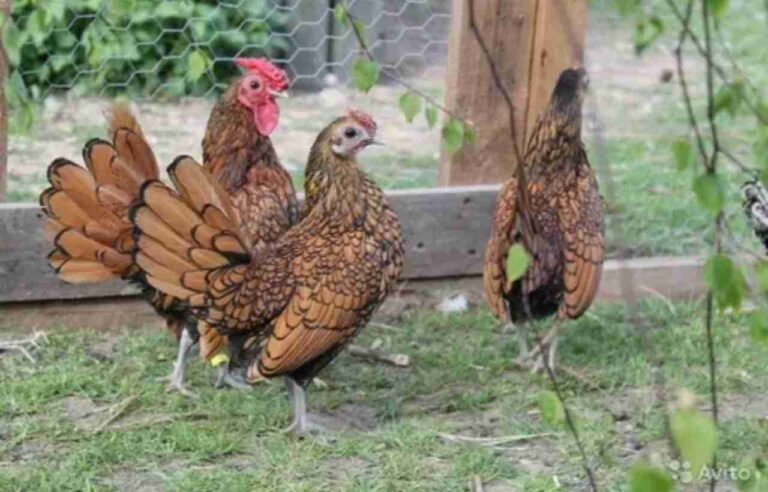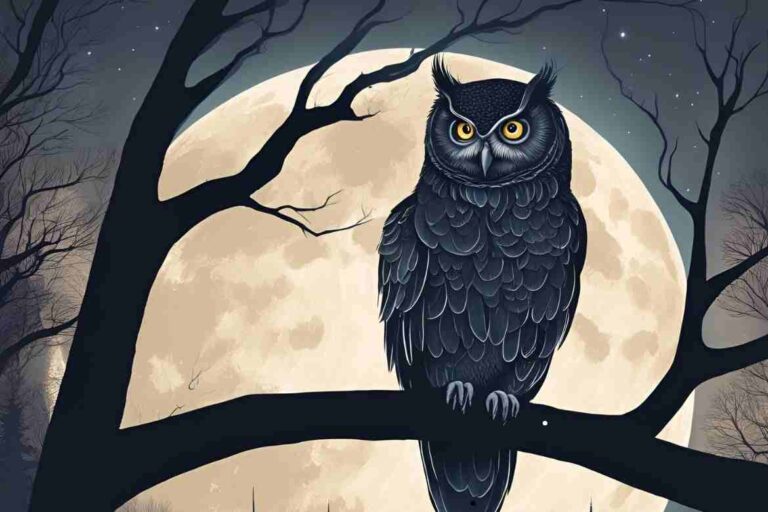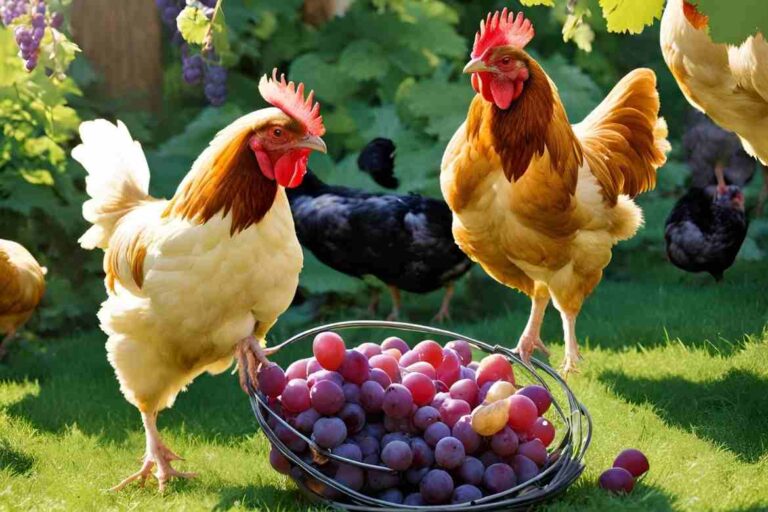Flemish Giant Rabbit Lifespan: Everything You Need to Know
The Flemish Giant rabbit is one of the largest domestic rabbit breeds, known for its impressive size, gentle temperament, and friendly nature. As a pet owner or enthusiast, understanding the Flemish giant rabbit lifespan is crucial for providing proper care and ensuring a long, healthy life for these magnificent animals. In this comprehensive guide, we will explore various aspects of the Flemish Giant rabbit, including their lifespan, care requirements, health concerns, and more.
Overview of Flemish Giant Rabbits

Flemish Giants were developed in Belgium during the 16th century, primarily for their meat and fur. They have since gained popularity as pets due to their docile nature and striking appearance.
Explore more info about: How Many Crows Make A Murder?
Physical Characteristics
Flemish Giant rabbits are known for their large size and distinctive features. Here are some key physical characteristics:
| Feature | Description |
|---|---|
| Weight | Typically weighs between 14 to 18 pounds (6.3 to 8.2 kg), though some can exceed 20 pounds. |
| Size | Can reach lengths of up to 2.5 feet (76 cm) from nose to tail. |
| Fur | Dense and soft, available in various colors, including gray, black, fawn, and white. |
| Ears | Long, upright ears that can measure up to 8 inches (20 cm) in length. |
Flemish Giant Rabbit Lifespan

The Flemish giant rabbit lifespan typically ranges from 8 to 12 years, although some individuals may live longer with proper care. Several factors influence their lifespan, including genetics, diet, environment, and healthcare.
Explore more info about: Spider Tattoo Meaning: Symbolism, Significance, and Popularity
Factors Affecting Lifespan
- Genetics
- The genetic background of a rabbit plays a significant role in its health and longevity. Responsible breeding practices can help reduce the risk of hereditary health issues.
- Diet
- A balanced diet rich in hay, fresh vegetables, and high-quality pellets is essential for maintaining a Flemish Giant’s health. Proper nutrition supports their immune system and overall well-being.
- Environment
- Providing a safe and stimulating environment can contribute to a longer lifespan. Flemish Giants require ample space to roam and exercise, as well as a comfortable living area.
- Healthcare
- Regular veterinary check-ups, vaccinations, and preventive care are crucial for identifying and addressing health issues early on.
Explore more info about: what do bichon frise usually die from?
Comparison of Lifespan with Other Rabbit Breeds

When considering the lifespan of Flemish Giants, maine coon kittens in florida it’s helpful to compare them with other common rabbit breeds:
| Breed | Average Lifespan |
|---|---|
| Flemish Giant | 8 to 12 years |
| Mini Rex | 5 to 8 years |
| Holland Lop | 7 to 10 years |
| Netherland Dwarf | 10 to 12 years |
Caring for Flemish Giant Rabbits
To maximize the lifespan of your Flemish Giant rabbit, it’s essential to provide proper care. Here are some key aspects of Flemish giant rabbit care:
Diet
A well-balanced diet is fundamental for a Flemish Giant rabbit’s health and longevity. Here are the primary components:
| Food Type | Description |
|---|---|
| Hay | High-quality grass hay (e.g., Timothy hay) should make up the majority of their diet. It promotes dental health and aids digestion. |
| Pellets | Choose a high-fiber pellet designed for adult rabbits. Avoid those with added seeds or fruits. |
| Fresh Vegetables | Introduce a variety of leafy greens, such as romaine lettuce, kale, and parsley. Offer in moderation to prevent digestive upset. |
| Treats | Occasional treats like fruits or commercial rabbit snacks can be given but should be limited to avoid obesity. |
Housing
Providing a suitable living environment is crucial for your Flemish Giant’s happiness and health:
| Housing Requirement | Description |
|---|---|
| Space | A spacious enclosure is necessary. The minimum space should be 4 feet x 4 feet, but larger is always better. |
| Bedding | Use soft bedding materials like hay, straw, or paper-based bedding to keep them comfortable. |
| Temperature | Maintain a comfortable temperature, ideally between 60°F and 70°F (15°C to 21°C). Avoid extreme heat or cold. |
Socialization and Exercise
Flemish Giant rabbits are social animals and thrive on interaction:
- Socialization: Spend quality time with your rabbit daily. They enjoy gentle handling and interaction with their owners mountain lions dangerous.
- Exercise: Allow your rabbit to have regular playtime outside of their enclosure. A safe, enclosed space where they can hop and explore is ideal.
Common Health Issues
Understanding potential health issues can help you provide better care and improve your Flemish Giant’s lifespan:
Common Conditions
| Condition | Symptoms |
|---|---|
| Obesity | Excessive weight gain, lethargy, difficulty moving. |
| Dental Problems | Overgrown teeth leading to difficulty eating. Look for drooling or changes in eating habits. |
| Gastrointestinal Stasis | Reduced or absent fecal output; lethargy; loss of appetite. |
| Respiratory Issues | Sneezing, nasal discharge, difficulty breathing. |
Preventive Care
Regular veterinary visits and preventive care can help catch any flemish giant potential problems before they become serious. Vaccinations and spaying/neutering are also recommended.
Grooming Your Flemish Giant Rabbit
Regular grooming is essential for maintaining your Flemish Giant’s health and hygiene:
| Grooming Task | Frequency |
|---|---|
| Brushing | Weekly brushing is recommended to minimize shedding and prevent matting. |
| Nail Trimming | Trim nails every 4-6 weeks to prevent overgrowth and discomfort. |
| Ear Cleaning | Check ears regularly for dirt or wax buildup, cleaning gently if necessary. |
Understanding Baby Cottontail Rabbit Stages
While discussing rabbits, it’s also interesting to note the baby cottontail rabbit stages. This knowledge enriches your understanding of rabbit development and care.
Stages of Baby Cottontail Rabbits
| Stage | Age Range | Description | |————————-|————————————————-| | Newborn | 0-1 week | Eyes closed, completely dependent on mother. | | Fuzzy Baby | 1-2 weeks | Fur begins to grow; eyes still closed. | | Exploratory Stage | 2-4 weeks | Eyes open, starting to become more active. | | Weaning Stage | 4-6 weeks | Begins eating solid food but still nursing. | | Juvenile | 6-8 weeks | Independent and exploring; fully furred. |
Conclusion
Understanding the Flemish giant rabbit lifespan and how to care for these gentle giants is crucial for any prospective owner. By providing proper nutrition, housing, socialization, and veterinary care, you can help ensure that your Flemish Giant enjoys a long, healthy life, potentially reaching 8 to 12 years or more. Whether you are a first-time rabbit owner or an experienced enthusiast, the joy and companionship that these remarkable animals offer are worth the effort.
- Mexican Red Headed Bird: A Brilliant Avian Wonder - January 16, 2025
- Can Turkeys Eat Bread? - January 15, 2025
- crocodile and plover bird relationship articles for students - January 12, 2025







